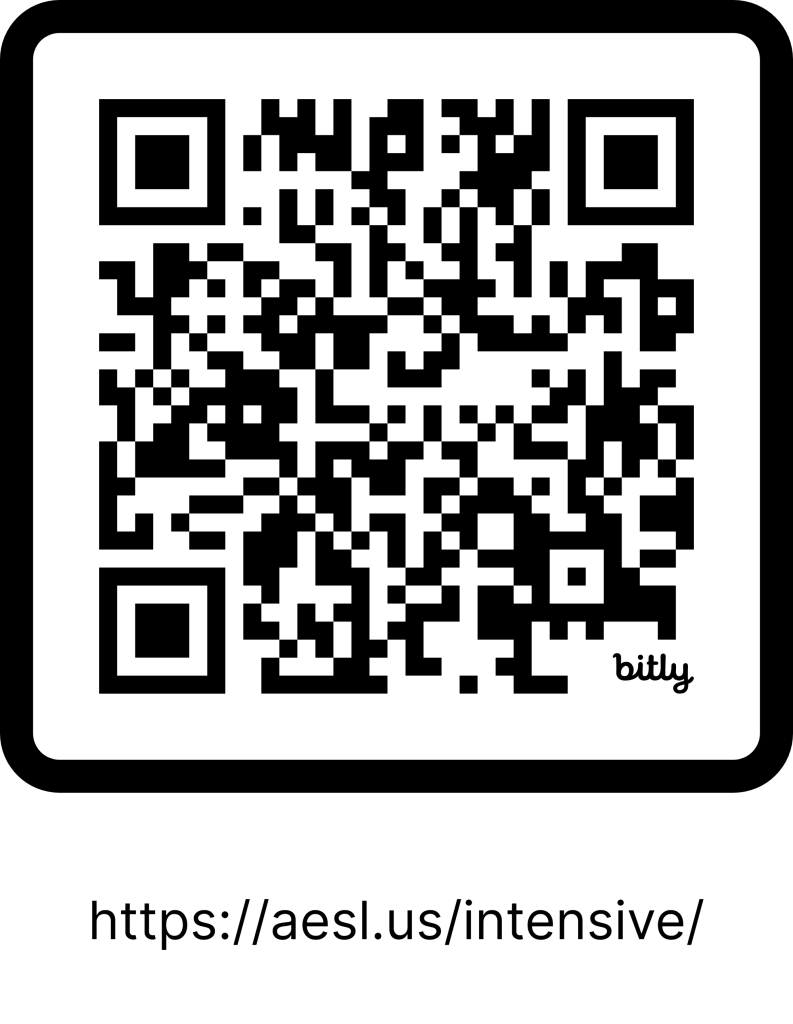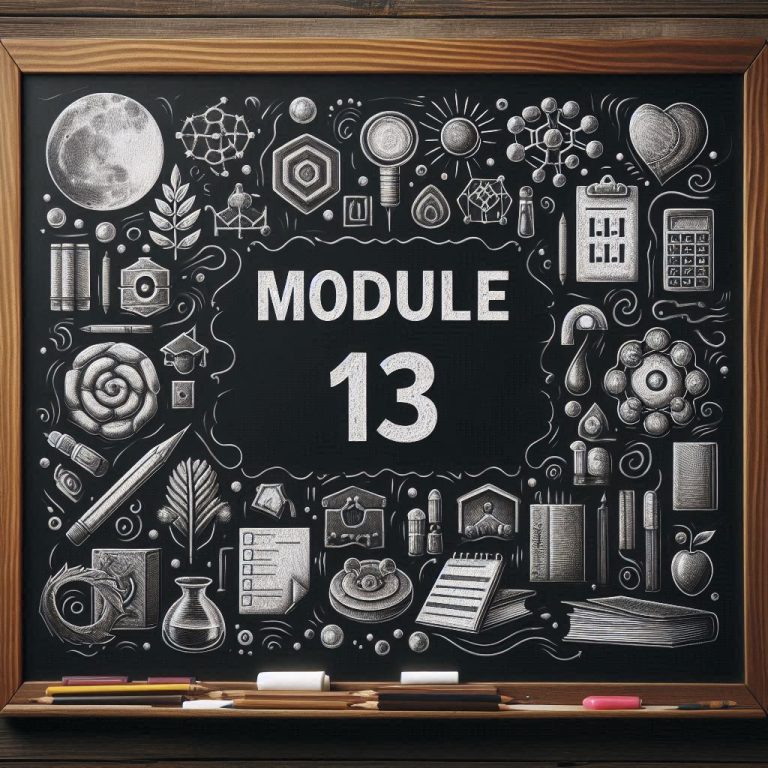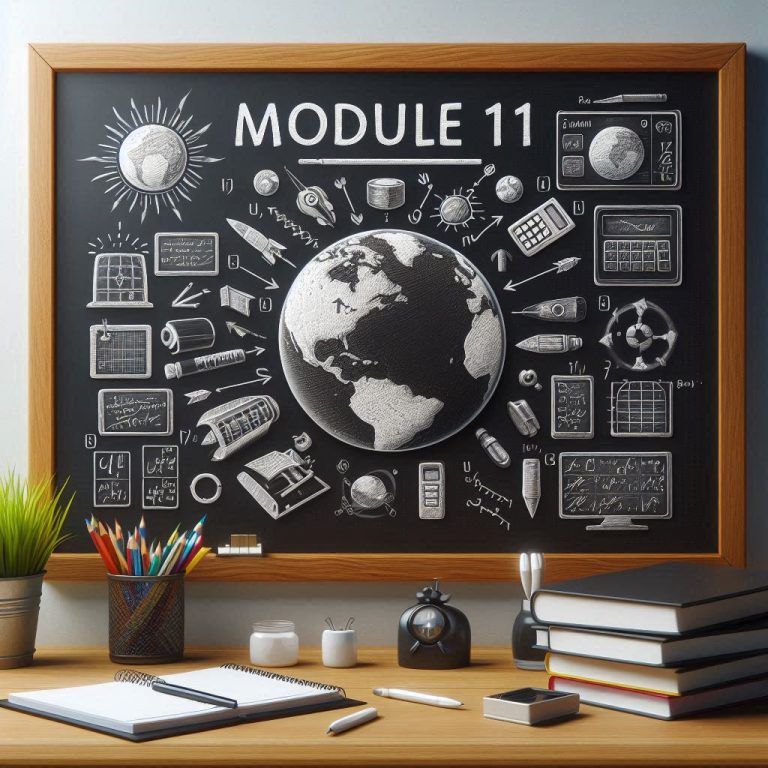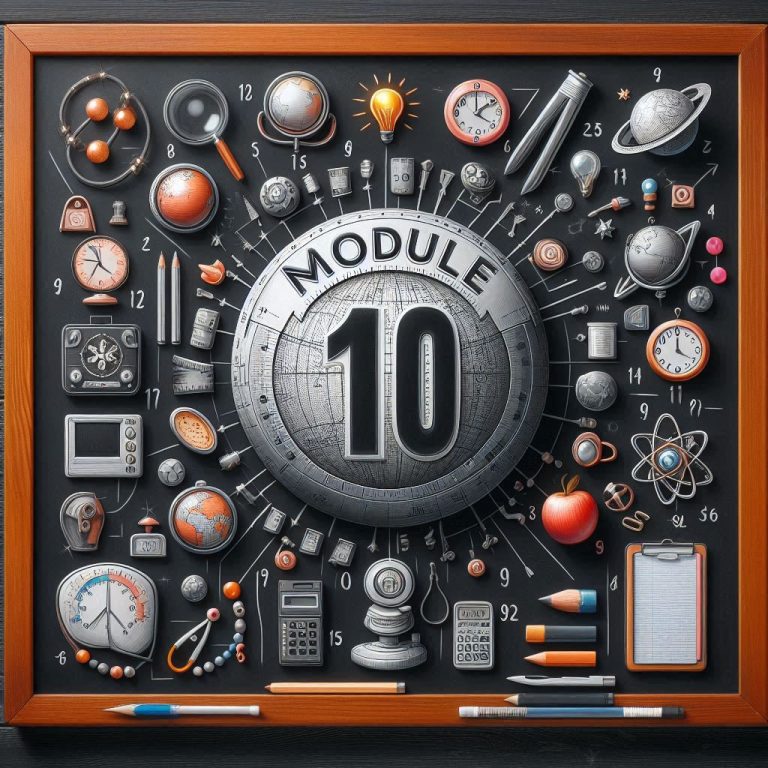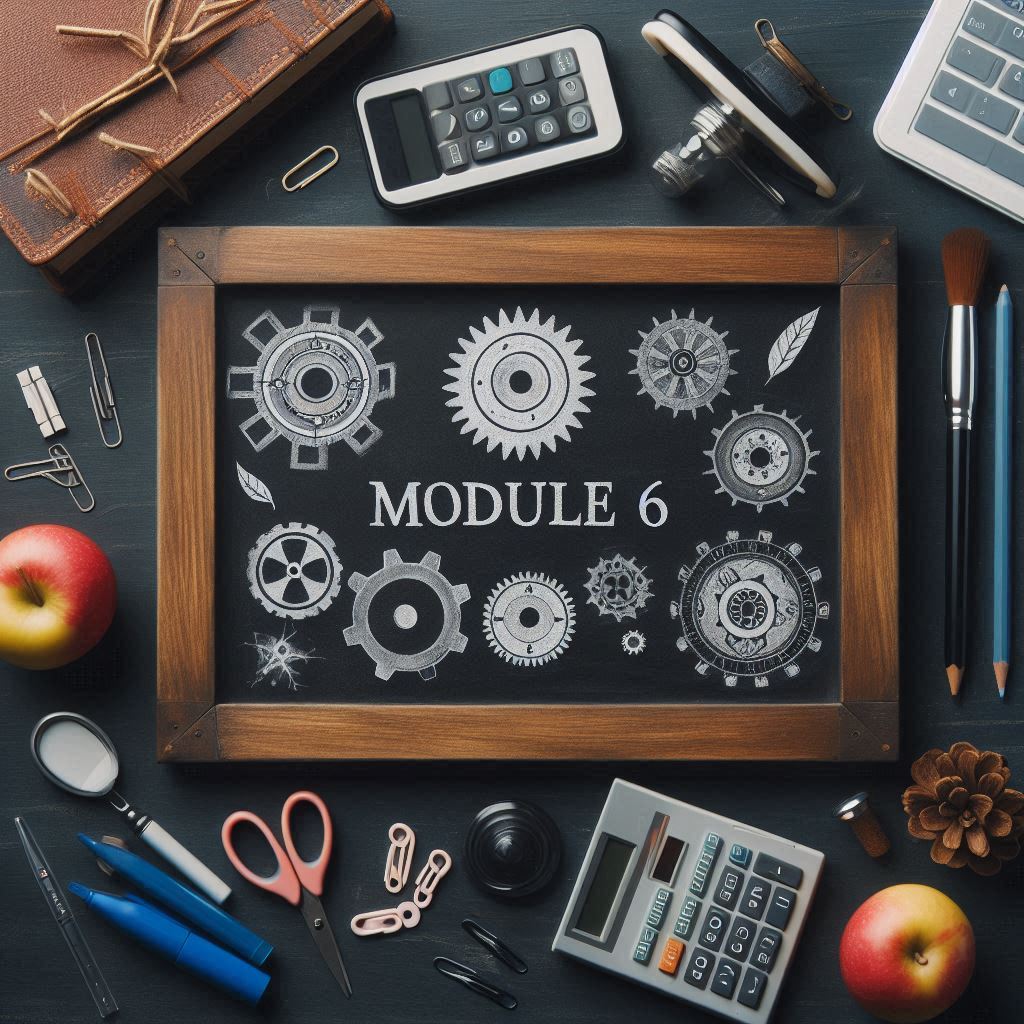
module 5
Body Language: Why It Matters for Your Success
What is Body Language?
Body language is how we communicate without words. It includes:
- Face expressions (smiling, frowning)
- Hand movements (pointing, waving)
- How we sit or stand (straight back, slouching)
- Eye contact (looking at someone or looking away)
- How close we stand to other people
Did you know? About 55% of our communication comes from body language. This means your body “talks” even when you don’t speak!
Why Body Language is Important
At Work
Good body language helps you:
- Look confident and professional
- Build better relationships with colleagues
- Get better jobs in interviews
- Solve problems more easily
In Daily Life
Understanding body language helps you:
- Make new friends
- Understand how people really feel
- Avoid misunderstandings
- Feel more confident in social situations
Key Body Language Signs to Know
Positive Body Language
✅ Eye contact – Shows you are interested and honest
✅ Straight posture – Makes you look confident
✅ Open arms – Shows you are friendly and open to ideas
✅ Genuine smile – Creates a warm, welcoming feeling
✅ Nodding – Shows you are listening and agree
Negative Body Language
❌ No eye contact – May seem rude or uninterested
❌ Crossed arms – Looks defensive or unfriendly
❌ Slouching – Appears lazy or unconfident
❌ Looking at phone – Shows you’re not paying attention
❌ Turning away – Suggests you want to leave
Common Situations and What to Do
Job Interviews
Do:
- Shake hands firmly
- Sit up straight
- Make eye contact 60-70% of the time
- Keep your hands visible on the table
Don’t:
- Cross your arms
- Look at your phone
- Fidget with your hands
- Avoid eye contact
Team Meetings
Do:
- Lean forward slightly to show interest
- Nod when you understand
- Keep an open posture
- Look at the speaker
Don’t:
- Check your watch repeatedly
- Cross your arms
- Look bored or tired
- Turn your body away
Making New Friends
Do:
- Smile genuinely
- Mirror their body language subtly
- Keep comfortable distance (about arm’s length)
- Show you’re listening with your face
Don’t:
- Stand too close or too far
- Look around the room while they talk
- Keep your arms crossed
- Have a serious face all the time
Cultural Differences to Remember
Body language changes between cultures:
- Eye contact: In some cultures, too much eye contact is rude
- Personal space: Some people prefer more distance, others less
- Hand gestures: A “thumbs up” is positive in many countries but rude in others
- Touching: Handshakes are normal in business, but hugs might not be
Tip: When meeting people from different cultures, watch how they behave and follow their style.
Common Mistakes to Avoid
Mistake 1: Mixed Messages
Problem: Saying “I’m happy to help” with crossed arms
Solution: Make sure your body matches your words
Mistake 2: Too Much or Too Little Eye Contact
Problem: Staring or never looking at people
Solution: Look at people 60-70% of the time when talking
Mistake 3: Ignoring Personal Space
Problem: Standing too close or too far away
Solution: Stay about one arm’s length away in professional settings
Mistake 4: Forgetting Cultural Differences
Problem: Using gestures that might be rude in other cultures
Solution: Ask or observe what’s normal in different situations
How to Improve Your Body Language
Practice at Home
- Use a mirror: Practice speaking and watch your face and posture
- Record yourself: Make a short video to see how you look
- Ask friends: Get honest feedback about your body language
Observe Others
- Watch confident people: Notice how they stand and move
- Learn from mistakes: See what doesn’t work well
- Study different situations: Notice how body language changes in formal vs. informal settings
Daily Exercises
- Morning posture check: Stand straight when you wake up
- Eye contact practice: Try to make appropriate eye contact during conversations
- Smile practice: Practice genuine smiles in the mirror
- Breathing: Deep breathing helps you look calm and confident
Quick Reference Guide
For Confidence:
- Stand/sit straight
- Keep shoulders back
- Make steady eye contact
- Speak with open hands
For Friendliness:
- Smile genuinely
- Keep arms uncrossed
- Lean in slightly when listening
- Nod to show understanding
For Professionalism:
- Firm handshake
- Appropriate personal space
- Calm, controlled movements
- Matching facial expressions to your words
Remember
Body language is a skill you can learn and improve. Start small:
- Focus on one thing at a time (like posture or eye contact)
- Practice in comfortable situations first
- Be patient with yourself
- Notice how people respond to you differently
Good body language takes time to develop, but it will help you in work, friendships, and many other areas of life. The most important thing is to be genuine and match your body language with your true feelings and words.
Key Vocabulary
- Posture = how you hold your body
- Gesture = movement with hands or body
- Confident = feeling sure about yourself
- Professional = suitable for work
- Genuine = real, honest
- Fidget = move nervously
- Mirror = copy someone’s actions
- Slouch = sit or stand with bad posture
